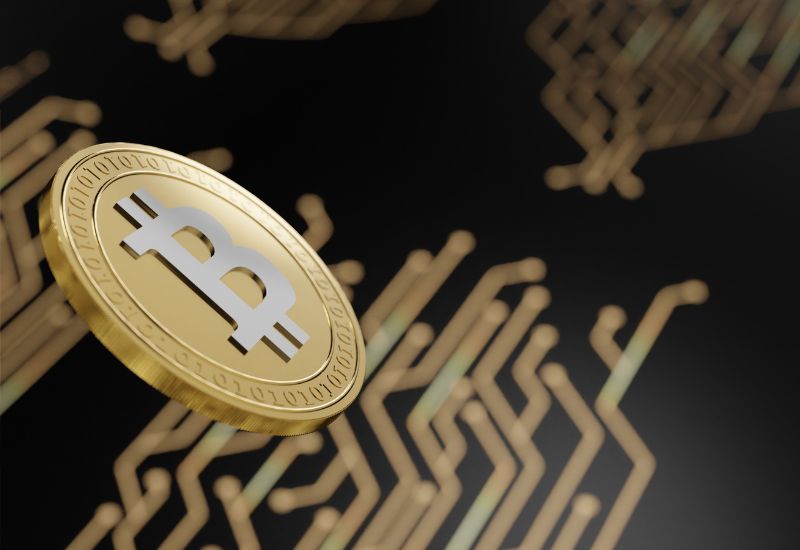YouTube’s new CEO Neil Mohan is a crypto enthusiast who is excited by the possibility of blockchain-enabled technology becoming an integral part of the site.
After selling DoubleClick, his adtech company, to Google, Mohan joined Google in March 2008. He was paid $3.1 billion. One of Mohan’s few personal interviews was in August 2020.
Publications such as Deccrypt have pointed to a post last February by Mohan, then YouTube’s chief product officer. In it, Mohan argued that nonfungible tokens provided “incredible value” for YouTube’s bustling creator economy. It was also a peek at new products and features being added to YouTube.
He said that he believed that emerging technologies like NFTs or blockchain could allow creators to build deeper relationships with their fans.
Creators and fans alike could benefit from the fact that they could have their own videos, photos, or experiences created by their favorite creators.
YouTube is challenging TikTok for short-form videos
Digital payments have already attracted much attention since Elon Musk, a pioneer in business models like YouTube’s 2007 launch, announced that he plans to integrate payments into Twitter.
Mohan replaces Susan Wojcicki as YouTube CEO at a critical point. YouTube is the largest video-on-demand ad-based service, with over 2 million monthly active users.
TikTok, a viral video app based on the ByteDance dance phenomenon, is changing the landscape of social media by focusing on user-generated videos. YouTube may also be under threat from Musk’s tweet.
Popular streaming platforms sell ads that run during long-form videos targeted at creators. This makes it difficult to figure out a way of monetizing content within 60 seconds. Meta executives were given the task of rolling out Instagram reels.
YouTube responded to this with YouTube Clips. YouTube decided to share 45% rather than the traditional 5%. Since ads are only shown between videos, it has chosen to split revenue based upon their share of total views.
Section 230 could lead to industry disruption
Mohan has one major challenge, though it is partly within his control. Monetizing short form video content amid a larger industry exodus of social media users to TikTok.
The Supreme Court will begin hearing arguments this week in the case of Gonzalez. This case could endanger protections that are enshrined in U.S. law. Section 230 deems digital media platforms neutral and publishers are not accountable for their content. It is often called a ‘get out of jail free’ card.
YouTube is at the heart of the debate. Nohemi González, a Californian 23-year-old who was murdered in Paris by the Islamic State in 2015, claimed that Google’s subsidiary prohibited her from sharing videos on its platform.
“Section 232 is the cornerstone of the Internet. It protects free speech as well as helps platforms combat harmful content,” Mohan said in January. “The stakes could not be higher.”
Despite YouTube’s numerous challenges, the departing CEO Wojcicki said Mohan would be “terrific leadership” with a wonderful view of the business, its creators, and users.
“YouTube’s greatest opportunities are ahead, but Neal is the right man to lead us,” she wrote last week.

